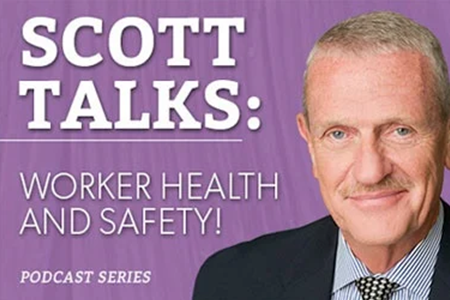What are Loss Control Services?
Every insurance company that provides workers’ comp insurance provides some type of loss control service model and that model has changed significantly in the last 25 to 35 years. In the “old days”, virtually every insurance company employed industrial hygienists as well as safety professionals, and loss control was perceived to be a very valuable service because it would help customers have fewer claims of lower severity therefore the cost of claims would be kept in check.
Unfortunately over the years, as a significant amount of insurance has been sold based on price rather than the comprehensive nature of service, most carrier loss control models have changed drastically and many carriers that had very robust loss control programs have very little now to offer. Our opinion is that it has been price driven and by reducing the amount and comprehensive aspect of loss control can produce significant cost savings, although it may lead to more claims and greater expense of the claims that happen. We’ve seen it happen in almost all the major insurance carriers. They write workers’ comp insurance, but they provide very little in terms of meaningful loss control compared to what was provided a few decades ago.
The fact is, most of the loss control service provided by carriers is “inspection-based” – they’ll look for conditions that are either unsafe, unguarded equipment or machinery, a forklift with bad brakes, electrical panels that are blocked, or fire extinguishers that are on the floor, and frankly those are not typically the things that hurt people.
Why are Loss Control Services Needed?
More than 95% of the accidents we see are based on unsafe acts or unsafe work practices – people not doing the job the right way, not using the right tools for the job, or deciding that they can do something that they really aren’t trained or qualified to do and end up hurting themselves.
We know that between 75% and 90% of the cost of claims comes from 1.) slips, trips, and falls, 2.) Sprains and Strains and 3.) caught by/ struck by accidents and those types of accidents generally come from people who are lifting, pushing, pulling, and twisting in their work. Making observations of people employing unsafe acts or unsafe work practices, or recognizing where and in what types of jobs such acts may occur is more important and effective than looking for blocked aisles and a missing fire extinguisher.
Our service model incorporates our Loss Control Coordinator Academy which is a classroom course for a representative of every company we manage so they can learn our model of observation for behaviors that may result in injuries of the three most common, expensive and prevalent types of injuries; 1,) Slips, trips and falls, 2.) Sprains and strains and 3.) caught by and struck by.
How to Identify the Right Loss Control Plan
To learn more about our TPA & Workers Comp Services and Loss Control Services, schedule a free consultation by filling out the form below:


